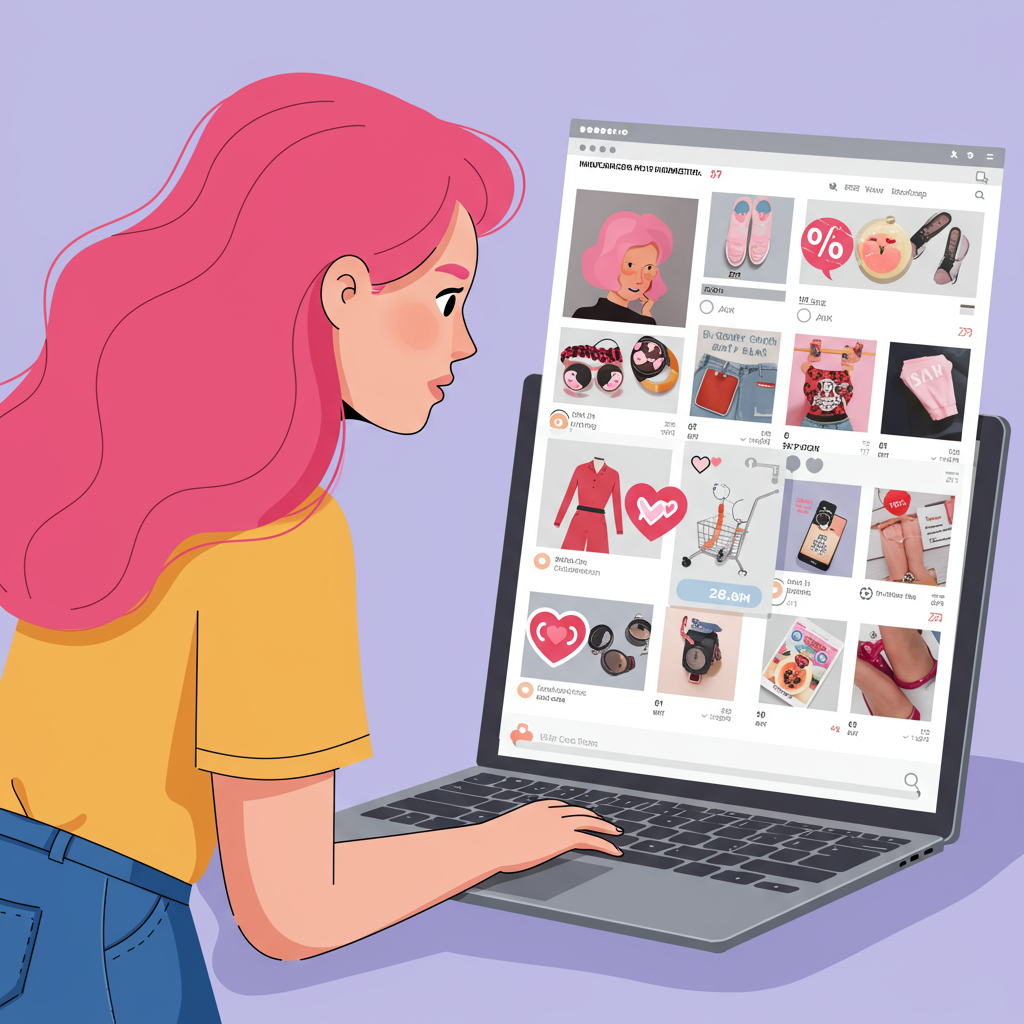Discover how leveraging the power of Facebook influencers can skyrocket your brand’s visibility and sales, directly impacting your Shopify success.
As a merchant running a Shopify store, I’m constantly looking for innovative ways to reach new customers and grow my brand. In today’s digital landscape, traditional advertising often falls short, feeling impersonal and easily ignored.
That’s why I’ve turned my attention to influencer marketing, specifically leveraging the vast and engaged audience on Facebook. It’s a strategy that, when executed correctly, can yield incredible results for e-commerce businesses like ours.
Facebook, despite the rise of newer platforms, remains a powerhouse for community building and targeted advertising. Its demographic reach is incredibly broad, making it an ideal place to find influencers who resonate with your specific niche.
My goal with this article is to share my insights and a step-by-step guide on how you can effectively use Facebook influencers to promote your Shopify store, driving traffic and, most importantly, sales.
First, let’s define what we mean by a ‘Facebook influencer’ in this context. These aren’t necessarily mega-celebrities, but rather individuals or pages with a dedicated following whose opinions and recommendations hold sway with their audience.
I’ve found that micro-influencers, those with 1,000 to 100,000 followers, often deliver the best engagement and ROI for small to medium-sized Shopify stores. Their audiences tend to be more niche and trusting.
The journey begins with finding the right influencers. My initial approach involves a mix of manual research and utilizing specialized tools. I start by thinking about my ideal customer: what pages do they follow? What groups are they part of?
I then use Facebook’s search bar, looking for keywords related to my products or industry. For example, if I sell eco-friendly home goods, I’d search for ‘sustainable living,’ ‘zero waste tips,’ or ‘eco-conscious home.’
Another effective method I employ is checking out my competitors’ social media. Who are they collaborating with? This can provide a valuable starting point for identifying potential partners.
Beyond manual searching, there are influencer marketing platforms designed to connect brands with creators. While some can be pricey, many offer free trials or tiered pricing that might fit your budget. These platforms streamline the discovery process significantly.
Once I have a list of potential influencers, the vetting process is crucial. This is where I separate the genuine connectors from those with inflated follower counts. I look for consistent engagement: likes, comments, and shares that are proportionate to their follower count.
I also scrutinize the quality of their comments. Are they generic or do they show genuine interest and discussion? This helps me identify if their audience is authentic and truly engaged with their content.
Content style and brand alignment are equally important. Does their aesthetic match my brand’s? Do they create high-quality photos and videos? I want their content to seamlessly integrate with my product, not feel like a forced advertisement.
Before reaching out, I always check if they’ve collaborated with other brands in the past. This gives me an idea of their professionalism and how they handle sponsored content. I look for clear disclosure of partnerships, which is a sign of trustworthiness.
Now, for the outreach. Crafting a personalized and compelling pitch is paramount. I never send generic templates. Instead, I reference specific posts or aspects of their content that I genuinely admire, showing I’ve done my homework.
My pitch clearly outlines what I’m offering: whether it’s free products, a commission on sales (ideal for Shopify’s affiliate tracking), a flat fee, or a combination. I’m always transparent about my expectations for the collaboration.
When structuring a campaign, I consider various formats. Sponsored posts are common, but I’ve also seen great success with product reviews, giveaways that require users to follow both accounts, and even live streams demonstrating product use.
Setting clear goals is non-negotiable. Am I aiming for brand awareness, increased website traffic, or direct sales? My goals dictate the type of campaign and the metrics I’ll track.
I provide influencers with clear guidelines, but I also give them creative freedom. They know their audience best. I ensure they have key messaging points, relevant hashtags, and a clear call to action (e.g., ‘Shop now at [link to your Shopify store]’).
Tracking is where the magic happens for a Shopify merchant. I use UTM codes for all links provided to influencers. This allows me to see exactly how much traffic and how many conversions each influencer drives directly within my Shopify analytics.
Legal compliance is another critical aspect I never overlook. I ensure all sponsored content includes clear disclosures like #ad or #sponsored, as required by advertising standards. Transparency builds trust with the audience.
Measuring success goes beyond just sales. I look at Key Performance Indicators (KPIs) such as reach, engagement rate, website traffic, conversion rate, and, of course, the return on investment (ROI).
By analyzing these metrics, I can determine which influencers and campaign types are most effective, allowing me to optimize future collaborations and allocate my marketing budget more wisely.
Building long-term relationships with successful influencers is a strategy I highly recommend. Consistent partnerships can lead to more authentic endorsements and better results over time, as they become true advocates for your brand.
I’ve learned that common pitfalls include choosing influencers solely based on follower count, failing to set clear goals, and neglecting to track results. Avoiding these mistakes will significantly improve your chances of success.
What do you think about this approach to leveraging Facebook influencers for your Shopify store? I’m always keen to hear other merchants’ perspectives and experiences.
In conclusion, Facebook influencer marketing offers a powerful, authentic, and measurable way to expand your Shopify store’s reach. It’s about connecting with communities through trusted voices, rather than shouting into the void.
By carefully selecting influencers, crafting compelling campaigns, and diligently tracking your results, you can unlock a significant growth channel for your e-commerce business. I encourage you to give it a try!






